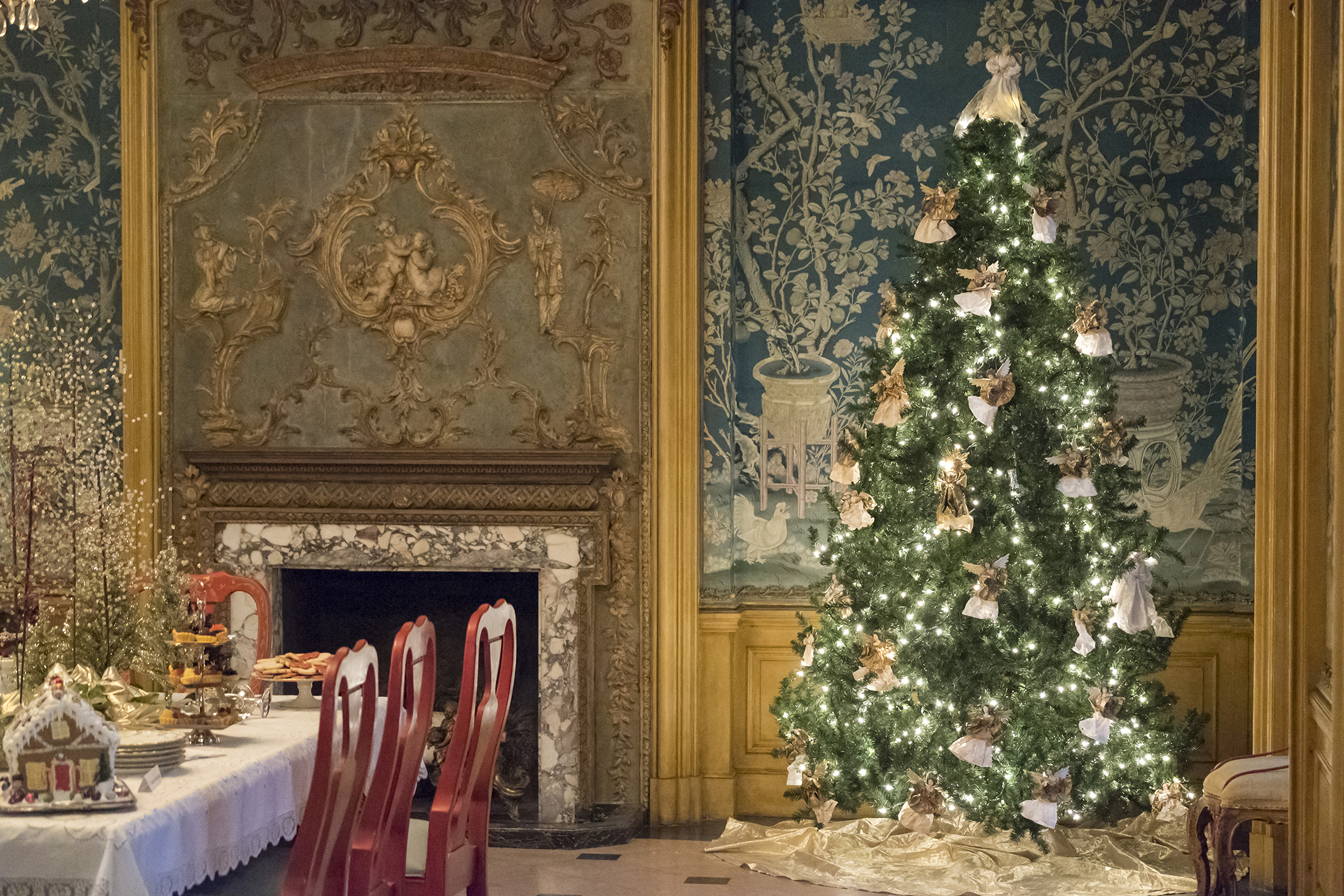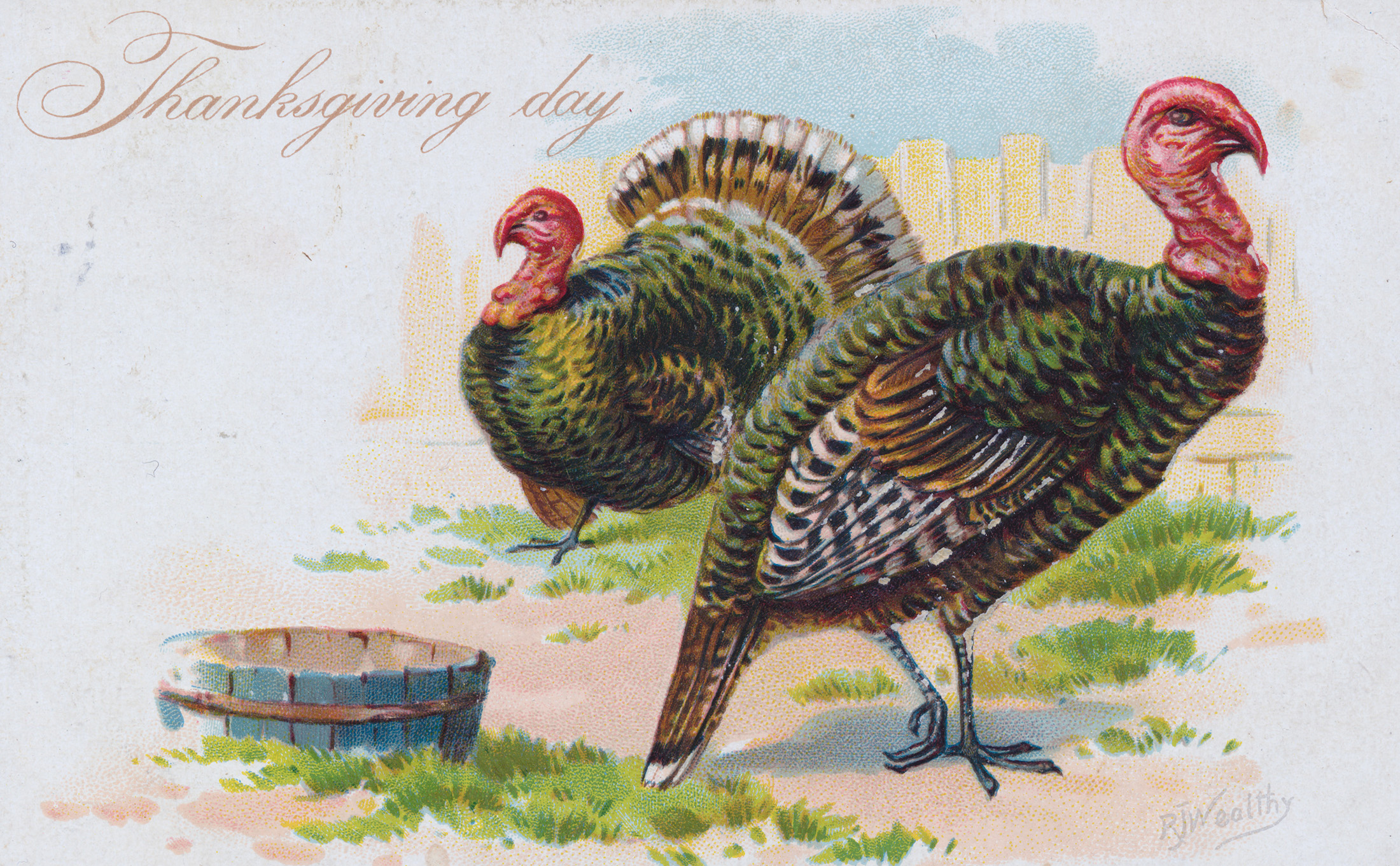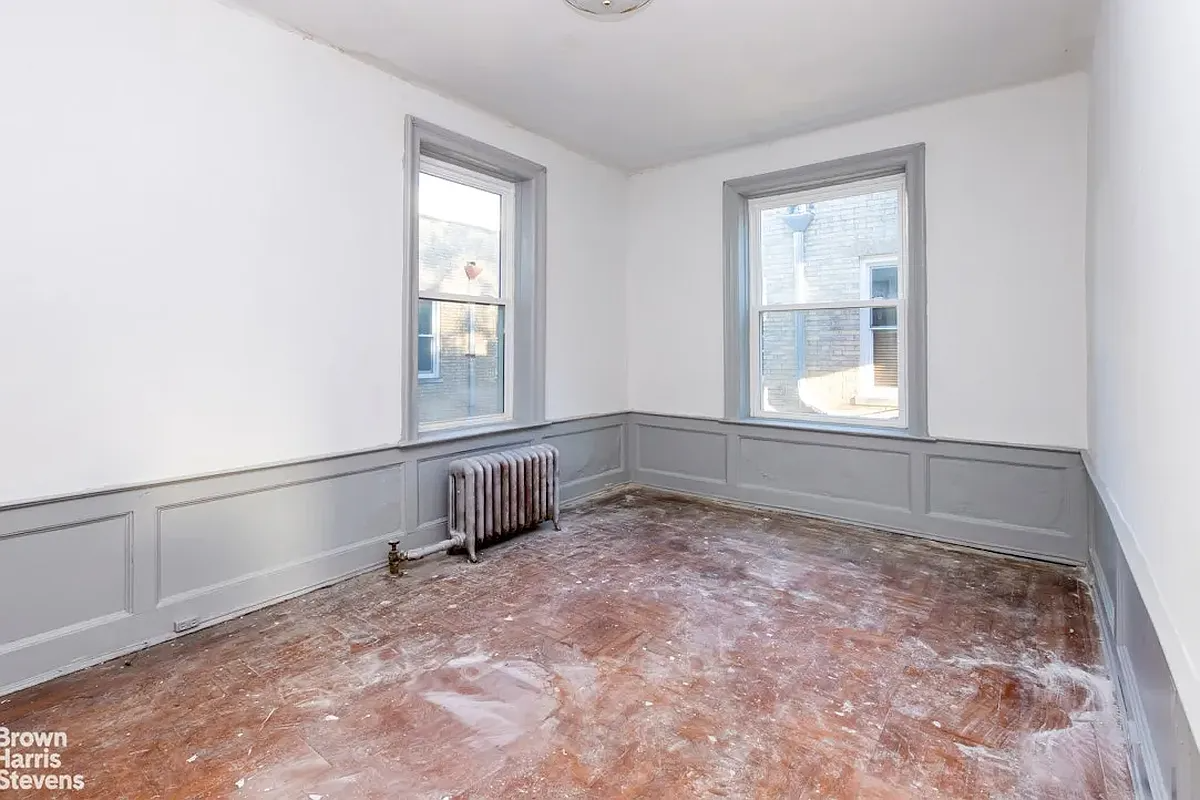Walkabout with Montrose: World's Fairs and White Cities
In 1893, the money and influence of Chicago industrialists and meat packers beat out New York’s bankers and merchants, and the Columbian Exhibition, one of the most important World’s Fairs, was held in the Windy City. In addition to celebrating Columbus’ 400th anniversary of arriving on our hemisphere, the CE was a masterpiece of architectural,…



In 1893, the money and influence of Chicago industrialists and meat packers beat out New York’s bankers and merchants, and the Columbian Exhibition, one of the most important World’s Fairs, was held in the Windy City. In addition to celebrating Columbus’ 400th anniversary of arriving on our hemisphere, the CE was a masterpiece of architectural, cultural and technological wonders.
The Fair covered 600 acres, featured 200 new buildings, manmade canals and lagoons, and showcased the people, cultures, and products of the world. During its 6 months run, over 27 million people attended, which was equivalent to half the nation’s population at that time.

The Columbian Exhibition gave us the Ferris Wheel, hamburgers, Cracker Jacks, Quaker Oats, Cream of Wheat, Shredded Wheat, Juicy Fruit Gum and Aunt Jemima Pancake mix. Mr. Hershey discovered chocolate at the fair, and America was introduced to Scott Joplin’s ragtime, the hula, and the wonders and power of electricity.
One of the most far reaching effects of the Columbian Exhibition was its appearance. Chicago architect Daniel Burnham, along with Frederick Law Olmstead, brought in many prominent architects of the age, including New Yorkers McKim, Mead and White, and they designed what came to be called The White City, following Beaux Arts principals of European classical architecture.

The central part of the fair featured vast buildings set on wide avenues, with lakes and lagoons. All of the buildings were covered with white stucco or paint, and the city was lit with thousands of electric lights, creating a gleaming city, the source of the alabaster cities in the song America the Beautiful, as well as the Emerald City in L. Frank Baum’s Oz series, and later, Disneyland.
The White City was well planned, with spacious avenues, water features and parkland, was clean, bright, had great sanitation, and no crime, no poverty, no unrest.
(Of course there was crime not publicized, the poor were not encouraged to attend, there was a huge African-American protest because no blacks were hired to build, or work at the fair, and were otherwise marginalized, and there was a sizable security force to keep order and the wrong element out. But, I digress.)

In spite of all of this security, most of the Fairground burned to the ground in 1894. However, this was the beginning of the City Beautiful Movement, an important development in modern city planning, as well as attitudes towards social reform.
The acclaim over the White City brought great popularity to the Beaux Arts movement, classical Greco-Roman forms, and light colored building materials. Our limestone row houses and apartment buildings at the turn of the century, directly or indirectly, are a result of this movement. Next week: New York and the City Beautiful.










Wow. As a Brooklyn native and history addict you just inspired me to do a lot more research and exploring of BK. Devil in the White City: it took me a few chapters to realize that Dr. H.H. Holmes part was non-fiction. It really reads like a novel. Great work MM!
I second Devil in the White City as a must read. Also, looking forward to part 2, Montrose.
The building on the left (of the first image) is the Fine Arts Building, designed by Charles Atwood. It still stands today as the Chicago Museum of Science and Industry.
I realize that McKim, Mead and White happens to be a household name in New York (and it should be), but it’s worth mentioning the real star of the time, Richard Morris Hunt. He was also from New York and designed the Administration Building (found at the center of the first image) which was the crown jewel of the entire fair, not to mention a masterpiece. Here in New York, Hunt also designed the facade of the Met and the pedestal for the Statue of Liberty.
This is good stuff MM. I love the architecture that came out of this time. I wish that more proposed projects would have been built especially here in Brooklyn.
The Brooklyn Museum was designed by McKim, Mead and White. They didn’t design the Fair building on the left, I’ll have to go back to my sources to see who did, but the principles of Beaux Arts architecture, a return to classical Greek and Roman influences, was very popular at the time. It was de riguer for any upper class architect in America to embrace these principles. McKim, Mead and White made the most of it, especially in their public and commercial buildings. The scale of this architecture lends itself to large structures, so it is no wonder. In NYC, look at the main branch of the Post Office, on 33rd St, long lost Penn Station, and the Manhattan Municipal building on Centre St, all by MK,M&W.
Yes – look at that picture, especially the pavillion on the left, and then look at the Brooklyn Museum…same architects, I bet! Roughly contemporary.
Maybe some of us need reminding that Brooklyn is not the center of the universe and may have actually *gasp!* been influenced by the outside world 🙂
great bit of history, MM- I’d like to see more writing on the actual influences on area architecture so we get an even better idea of their context..
I knew I was going to get those who wondered where Brooklyn is in this picture….isn’t it there, beyond the lake?
In researching various topics in Brooklyn, the White City/City Beautiful Movement and the 1893 Fair comes up quite often. I had sort of heard of all of it in bits and pieces, and when I did some checking, I was amazed at the far reaching societal and cultural changes this Fair caused. It gave us hamburgers!!! Probably America’s biggest food product ever. The Fair was so wonderfully Victorian, but overblown, pretentiously overdone, and had an undercurrent of social and racial dirty dealings that most people attending were not even aware of. A cautionary tale that is just as relevant today.
Actually, since important things, things that affect Brooklyn even, happen outside of New York, I thought this was a fascinating background for a look at limestone architecture, city planning, and societal mores. Next week will be all New York City.
Babs beat me to commenting about the influence of the “white city” movement in Brooklyn–not just in PLG, but in Park Slope, Crown Hts., and other neighborhoods (although nowhere else is it as dominant as in PLG). It even influenced buildings in Brooklyn’s poor relation across the East River, on such obscure streets as Fifth Avenue.